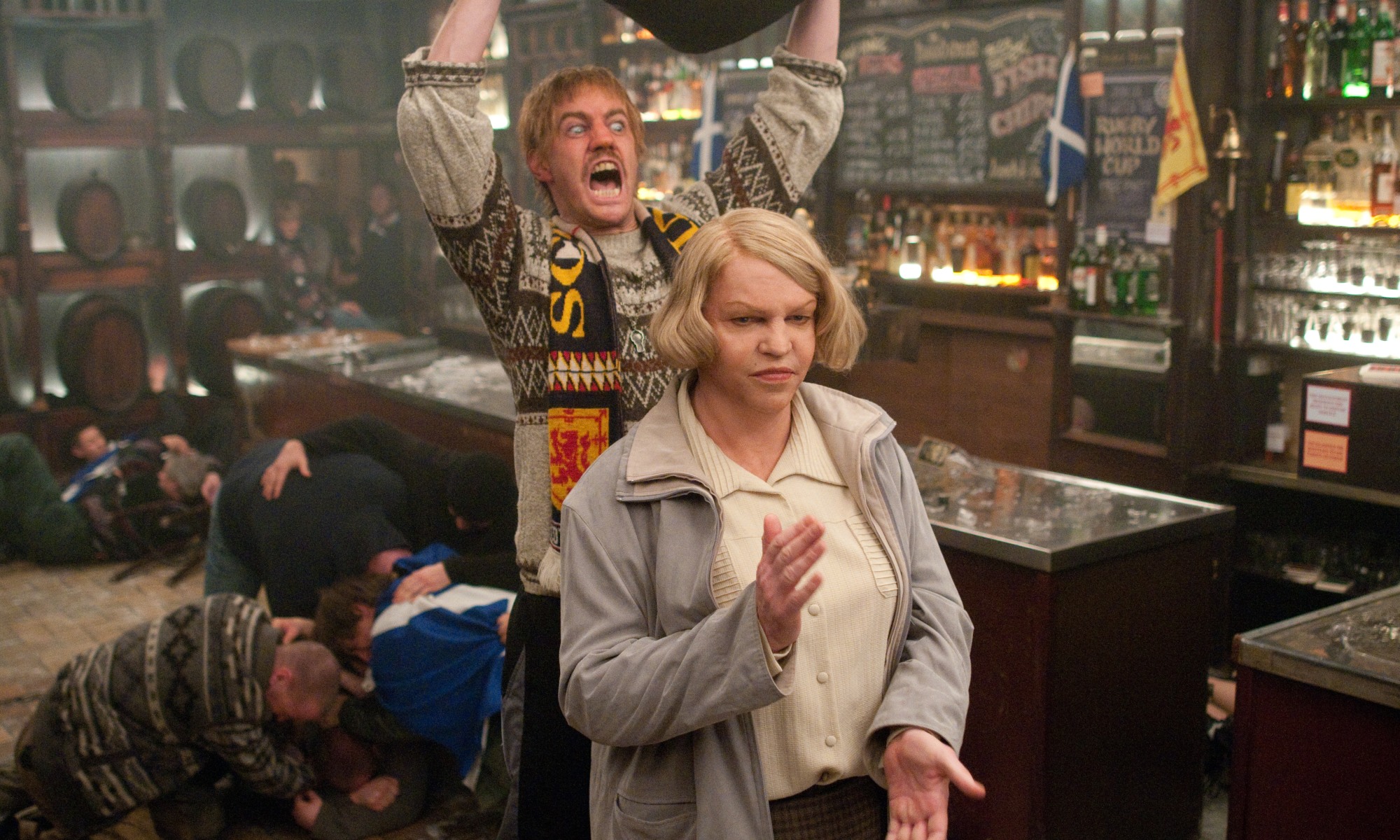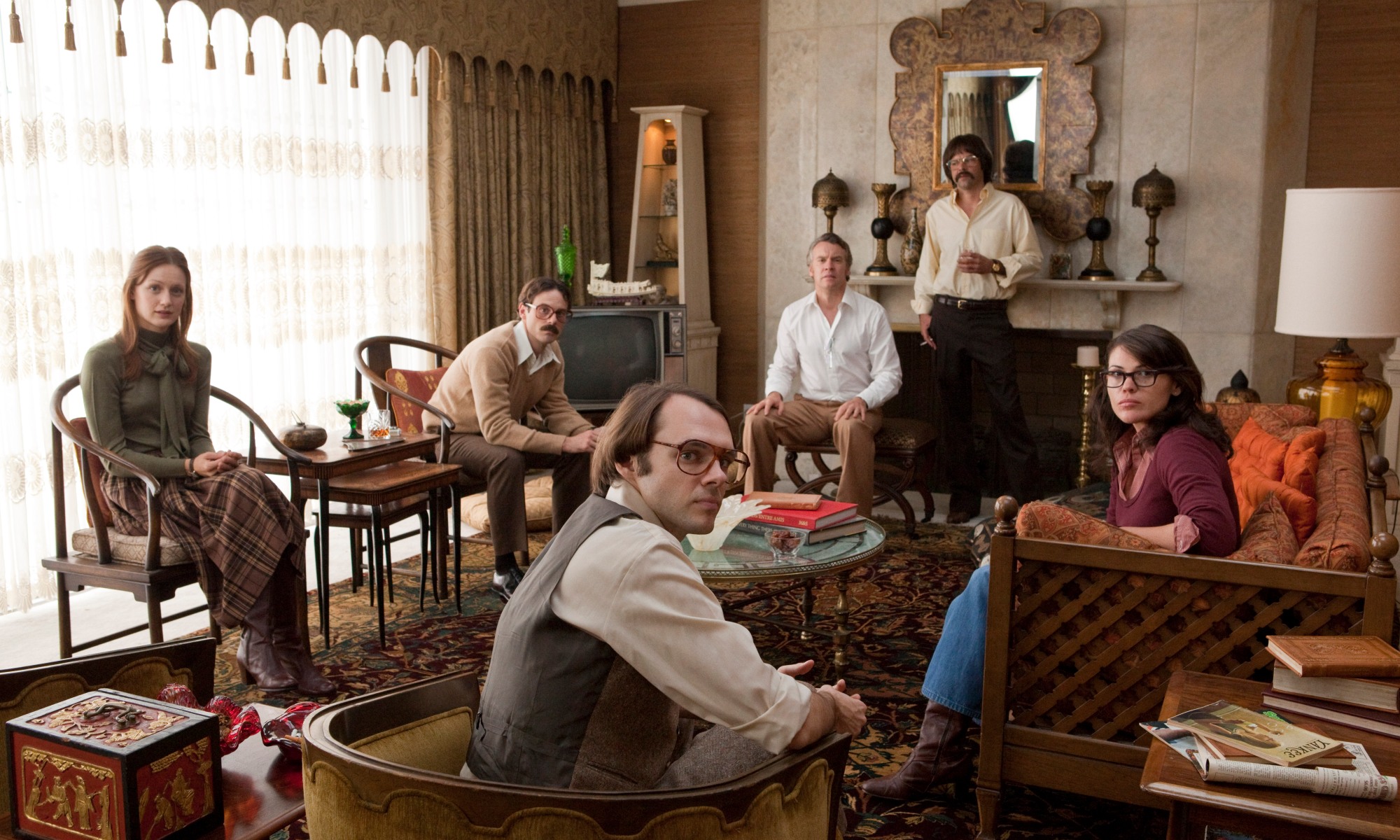Monica Corcoran Harel is an AwardsLine contributor. This story appeared in the Nov. 28 issue of AwardsLine.
A great film can feel a lot like a fantastic dinner party. Actors mingle and clash in the best possible lighting, and conversation is fraught with wit and emotion. The director usually gets the bulk of the credit. But before he or she can play the consummate host, someone must carefully select the right guests, send out the invites, and keep track of the RSVPs.
That would be the casting director, of course. It’s a job that can’t garner an Oscar, but its mighty importance is always felt behind the scenes. In his wildly amusing book If the Other Guy Isn’t Jack Nicholson, I’ve Got the Part, Ron Base writes of the near-casting decisions that would have changed film history. Imagine The Graduate starring wry Charles Grodin, for instance. Or a gum-cracking, mustachioed Burt Reynolds playing the paunchy, debauched astronaut in Terms of Endearment.
This season, a bounty of films showcases the brilliance of casting directors who hit their marks. Case in point: Jamie Foxx as a freed slave seeking revenge in Quentin Tarantino’s socially controversial Django Unchained, Hugo Weaving playing roles outside of his gender and ethnicity—also a controversial turn—in Cloud Atlas and an assemblage of Academy Award noms and victors in Paul Thomas Anderson’s The Master. Ask any Scientologist about the controversy over this drama directly inspired by the life of L. Ron Hubbard.
Putting together a roster of stars is just a fraction of the work, though. In the case of Lawless, the project languished in uncertainty for almost three years and various actors were forced to jettison the film for other roles during the limbo. Originally, in 2009, the Prohibition era-Goodfellas had Shia LaBeouf, Ryan Gosling, James Franco, Amy Adams, and Scarlett Johansson at the helm. Three years later, when the film premiered in Cannes, Guy Pearce, Gary Oldman, Jessica Chastain, Tom Hardy, and Mia Wasikowska sauntered down the red carpet. Incidentally, LaBeouf never abandoned the cast and fought to attract talent.
“Every project brings its own unique challenges,” concedes casting director Francine Maisler, who sought out actors who would connect emotionally and physically with the time period. It’s a boon for the production that Lawless boasts the next generation of stars, like Chastain and Hardy. “Trying to realize (director) John Hillcoat’s vision and to present him with actors who find surprising and distinct ways of bringing the characters to life was exhilarating.”
For Victoria Thomas—who launched her career with Repo Man and cast Django Unchained—the leads are playing against type, which creates hype. “I think it was time to see Jamie in a badass spaghetti western hero role and Leonardo in a juicy bad guy role,” she says of Foxx and DiCaprio. “Jamie gets to be Clint Eastwood and Leo gets to be Henry Fonda in Once Upon a Time in the West.”
Of course, Tarantino has a reputation for casting the most unusual of suspects. Thomas and the director artistically tangoed with a shared love for ’60s and ’70s character actors like Earl Holliman and William Devane. “I think Quentin and I were looking at the same television shows growing up, just in different houses,” she says. “So even though we were working together for the first time, I felt like there was a fairly quick connection.” For Thomas, who is African-American, the greatest challenge was the often brutal subject matter and the rampant use of the serrated n-word. “I had to get used to hearing that word said to me a lot by white actors in casting sessions,” she adds.
Cloud Atlas, the epic and existential exploration that spans centuries with actors playing up to seven different parts, could be the longest journey for a casting director. It didn’t help that it was an independently financed movie and actors worked more for less pay. Lora Kennedy—who worked with the Wachowskis on Speed Racer—recalls her reaction when the brother and sister team sent her the David Mitchell book. “I was like, really? Who are we going to get to play all these multiple roles?” she recalls. Well, two years later, the complex project landed Tom Hanks, Halle Berry, Jim Broadbent, Hugh Grant, and Weaving. “It morphed into a rep company with everyone taking on more and more parts.” Not everyone was thrilled with the casting, though. The fact that Caucasian actors were transformed into Asian characters sparked some criticism online. “No matter how we did it, there never would have been a solution to please everyone,” says Kennedy. “We switch ethnicities and genders.”
Kennedy also worked with Ben Affleck on the political thriller Argo and was charged with casting 140 roles. Her biggest hurdle? “The sheer size of it. Just the magnitude of having to cast 100 speaking roles of white dudes who say one or two lines,” she says. To cast the Iranian actors, she consulted Tehran-born actress Shohreh Aghdashloo to make sure she connected with the right Persian actors, some of whom did not have agents. Aghdashloo’s daughter accompanied Kennedy on auditions to be sure that actors spoke the appropriate dialect of Farsi.
The Master, set in the ’50s, called for more than 70 actors who could physically and emotionally convey the post-war ebullience of the decade. “That means no tattoos and no plastic surgery,” laughs casting director Cassandra Kulukundis, who has consistently worked with Anderson since Magnolia in 1999. “I looked at real soldiers and Park Avenue socialites,” she says. The exacting director Anderson, known for surrounding himself with many of the same actors in his films, wanted big names—like Joaquin Phoenix, Philip Seymour Hoffman and Amy Adams—alongside up and comers. “I needed newcomers who could go toe to toe with Phil and Joaquin and hang with them,” she says. In order to prepare them for trading lines with such luminaries, Kulukundis worked with them like an acting teacher or a spiritual guide. “It’s more like a workshop than an audition,” she says of the exercises that they do together.
Kulukundis likens assembling a cast for an Anderson film to “building a quilt” because the actors must gel onscreen as a collective being. The combination, or constellation, of talent trumps individual stars. It also guarantees a level of trust among the performers. “The actors must have great chemistry and no fear on the set. That is most important.”
No doubt, behind every good director is a great female casting director. Ellen Chenoweth has cast most of the Coen brothers’ films, while Juliet Taylor has worked with Woody Allen for nearly 40 years—going all the way back to Love and Death in 1975. (She suggested that he cast Owen Wilson in Midnight in Paris.)
It’s time the Academy reconsidered its cap on categories and went on to reward some of these women—OK, and a few good men—with an Oscar for their vision and instincts. As John Frankenheimer once said, “Casting is 65% of directing.”


















